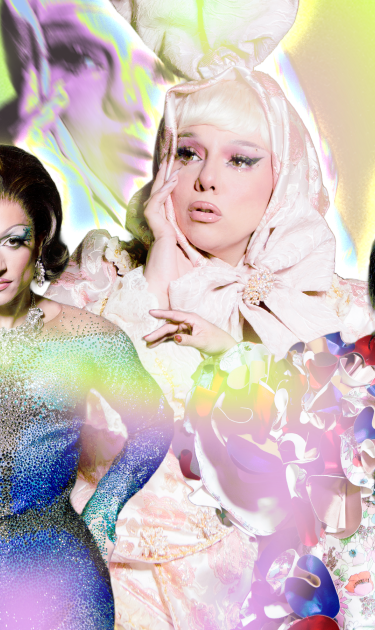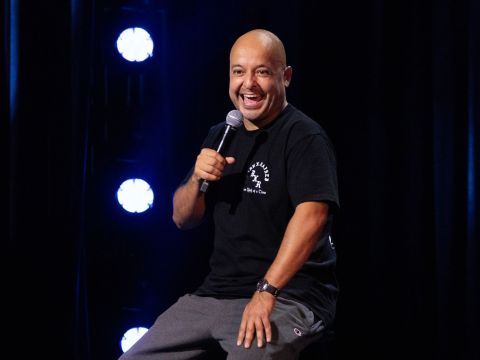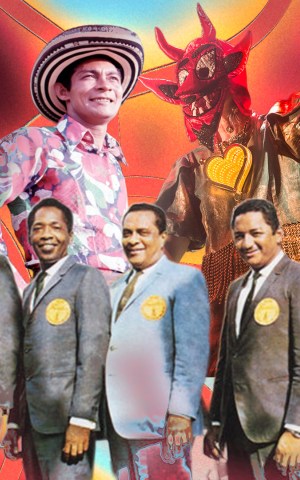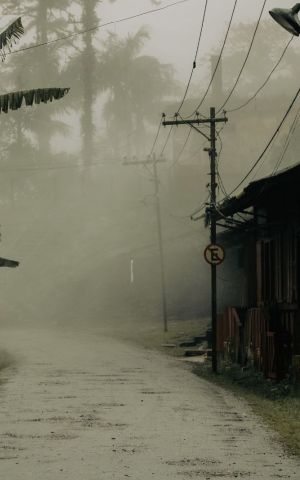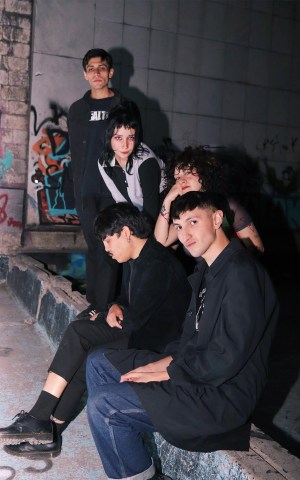The art of drag will always be a safe space. It’s a place where you can express yourself through art, music, and dance while also embracing the vast multitudes of our own understanding of what gender is and what it means to be a man, women, or human.
Drag as an art form has been around for centuries. But the impersonation of women in connection to the word “drag” is linked to 19th century theater performers according to the Oxford Dictionary. They hypothesized that theater performers who were playing women wore petticoats or skirts that were bulkier and hence “dragging” more than tighter fitting men’s clothes, particularly trousers.
At the center of how drag is seen now in 2025 is the iconic RuPaul. This Queen has been a champion for drag for more than 40 years. And the show of RuPaul’s Drag Race changed the queer lexicon in 2009. Now in 2025, we have 17 seasons of the main show, five spin-offs of the main franchise, and several international versions; from Mexico to the UK and the Philippines.
RuPaul’s Drag Race is more than a platform for these Queens to express themselves and show off their art. It’s also a place for people to explore their own gender expression and tap into what Pride means for them. It’s also a place for individuals outside of the LGBTQ+ community to deconstruct their own biases and understand that gender isn’t so rigid and binary.
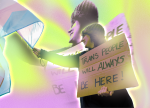
In talking about RuPaul’s Drag Race and its connection to gender expression, particularly that of the transgender and non-binary community within drag, it’s important to note that the show itself has gone through controversy and transformation. RuPaul herself has previously expressed that they would “probably not” allow transgender contestants to compete. And previous games within the main show have used problematic terms like “shemale” that have led to the show being accused of transphobia.
This shake up for RuPaul’s Drag Race, is exactly what the show needed.
In the words of genderfluid Queen Sasha Velour, “Drag was born in a community full of trans women, trans men, and gender non-conforming folks doing drag. That’s the real world of drag, like it or not.” And as of 2025, the show has had notable contestants like Carmen Carrera, Jiggly Caliente, Adore Delano and Jinkx Monsoon come out as transgender or non-binary. And the current season of RuPaul’s Drag Race: All Stars has notable transgender and non-binary contestants like Aja, Kerri Colby, and Ginger Minj.
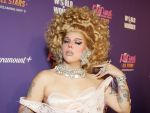
To start the month of Pride, Remezcla is celebrating drag in our No Barriers, Just Pride edition. It follows our previous Pride celebrations of The Joy Edition and The Identity Edition. And in the spirit of drag and what this month means to our communities, we asked the cast of RuPaul’s Drag Race: All Stars Season 10 what Pride means to them.
From liberation to community, this is what they told Remezcla.
Aja
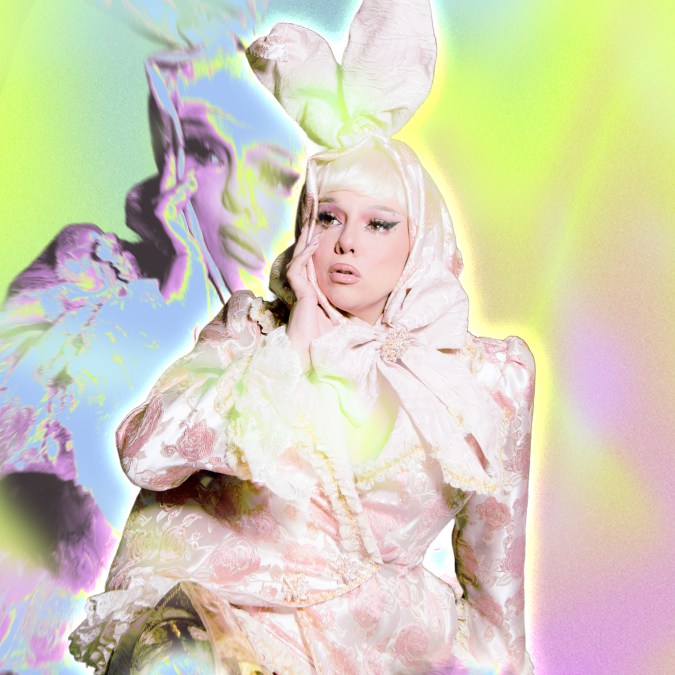
Pride to me means being able to say, you know what, everything is not where I need it to be, but I can look at myself and say, “You know what bitch, you getting up every morning and you trying, you doing it.” Pride to me is just trying and knowing, don’t give up. If we don’t do that, we can’t have Pride. So I guess for me, Pride is pretty much the steps that lead to Pride. And we can’t have Pride unless we come together as a community. But in order to come together as a community, we have to love ourselves.
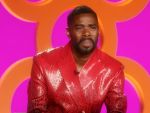
No shade, you gotta take care of yourself before you can engage.
Alyssa Hunter
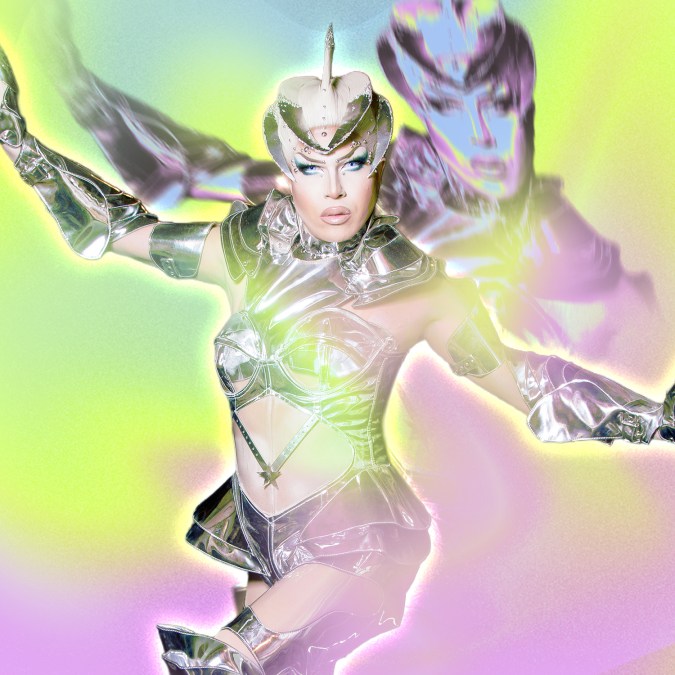
For me, Pride means our pride. For me, Pride means our love, our union as a community. It’s that force that distinguishes us and that motivates us to fight and get up every day to pursue our dreams. [It’s] not just going to a party and getting drunk and doing everything, dancing. No, it’s knowing that every day you have a power in your heart so you feel proud of what you represent as a community. I always get up from my bed and I feel proud of what I am. And that’s what Pride means to me.

Cynthia Lee Fontaine

For me, Pride Month, and pride in general, for our LGBTQ community, is a responsibility. Specifically, as you know, I advocate for the rights of the community, for many years, since 1999, from Puerto Rico. And specifically, in the times we are living now, which are so difficult, that not only the LGBTQ community has been attacked, but also the immigrant community, [and] the Puerto Rican community in the United States. It’s more than important, it’s necessary and obligatory, to show that pride to the rest of society, in which we live, so that it’s understood that we’re not going anywhere. And that, on the contrary, we will continue to fight for our rights, so that we can achieve, once and for all, solidarity, but above all, equality.
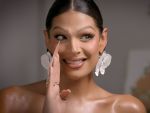
Denali
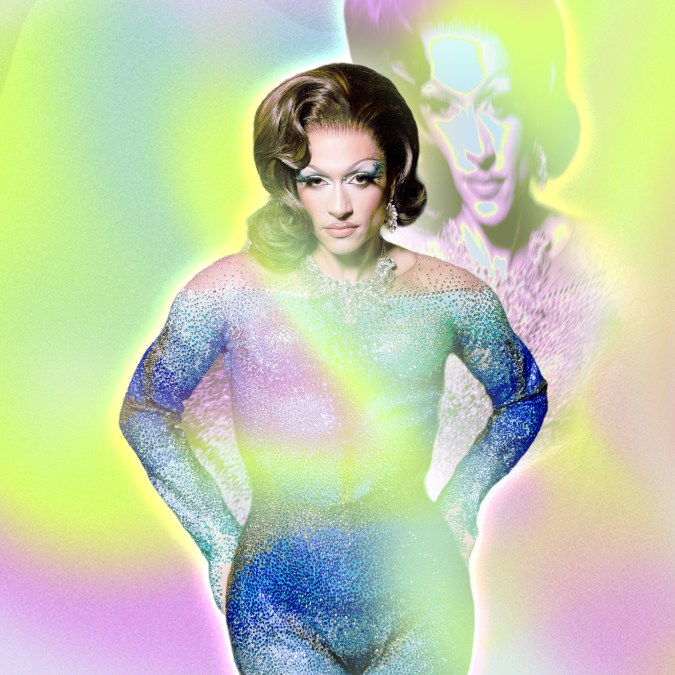
Pride means everything to me. Pride is the reason I can be here today. Marsha P. [Johnson] throwing that brick at Stonewall, truly being able to be visibly queer and out in the world like this. It is the reason I have a job, it’s the reason I have a community, it’s the reason I have a fiancé, it’s the reason I have everything in my life. And it’s because of queer people. So I’m just so proud to be a gay person and to be part of the queer community. And yeah, that’s what pride means to me.
Ginger Minj
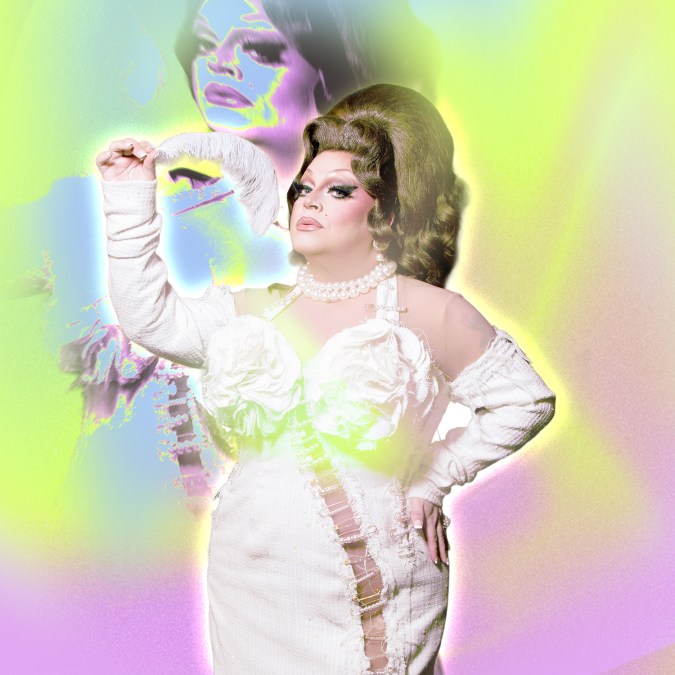
It’s such a loaded question because there’s so many facets of Pride. But I just… I throw back to myself as this little fat queer kid growing up in a very Southern Baptist country community who had nobody else like me. There was nobody that looked like me or talked like me or was interested in the things that I was interested in. So I had no Pride. I couldn’t feel proud about myself when everything that I heard from everybody else was, “You’re wrong, you’re wrong, you’re wrong.”
And it wasn’t until I was, you know, 17, 18 years old and started sneaking into the clubs an hour and a half away from us that I found a community. And all of the trauma that had been forced on me for so long, the other people around me started to peel that away. They started to steal it from me so that I could find Pride in myself.
Once I found the pride, I found the joy. And I’m still working on that at 40 years old, all these years later. But that’s why I continue to come back to share that. That’s why I continue to do what I do. Because I think the louder and prouder and more of an example of just being authentically you, we can be, it gives everybody else out there that doesn’t feel those things permission to find it for them.
Jorgeous
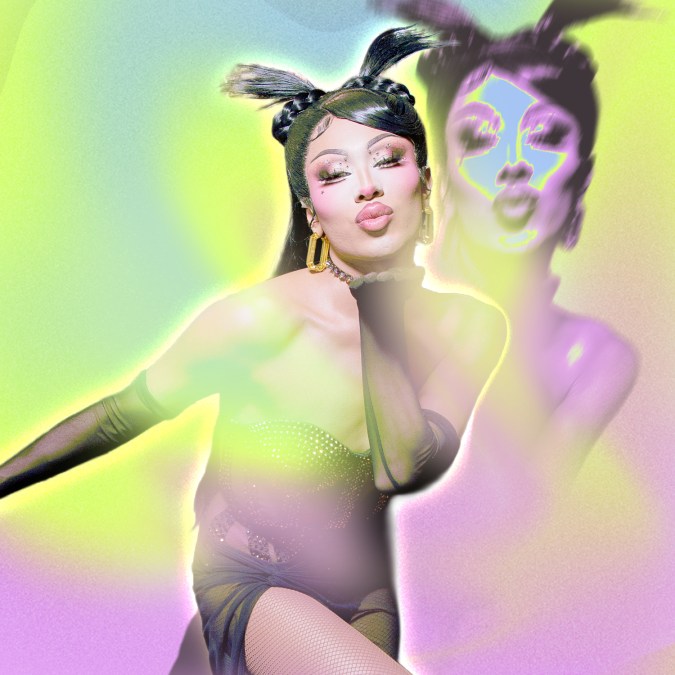
Pride to me just means happiness because I first started doing drag at a Pride event at the age of 15. And I remember that moment and what joy it brought me. And like the fact that I was able to be myself, carefree and not worried about people thinking about me. This is my dream. You know what I mean? And the fact that my family were there watching me, it just means so much joy to me. And we need Pride. We need it now more than ever.
Drag Race: All Stars airs new episodes every Friday.
